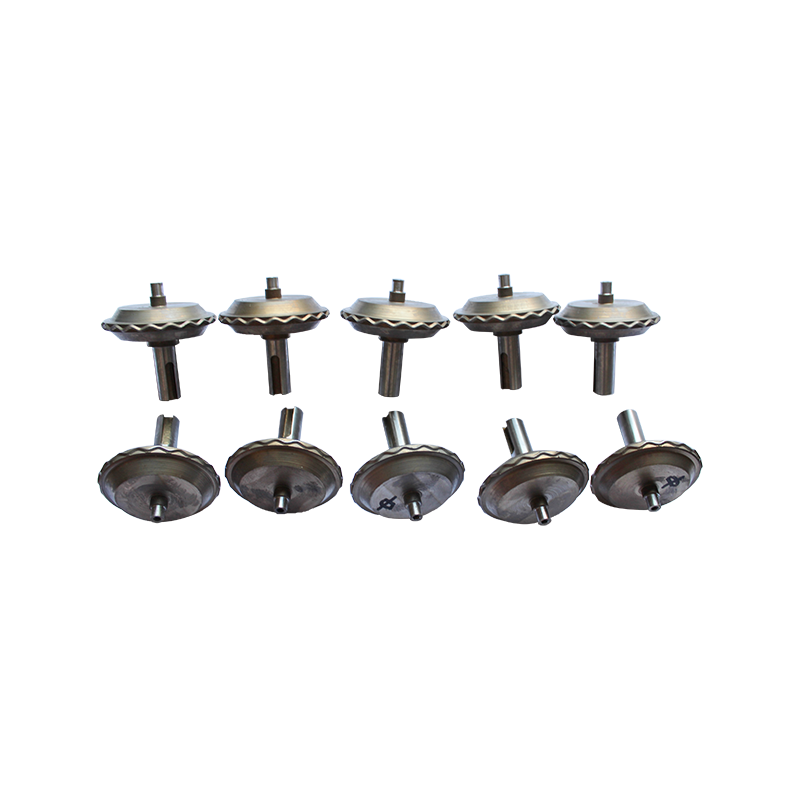Request A Quote

In the world of textile manufacturing, innovation is key. One of the most fascinating advancements in recent years is the ultrasonic lace machine. This cutting-edge technology uses high-frequency vibrations to bond fabrics together, creating intricate designs and durable seams without the need for traditional sewing methods. But how does it work?
Understanding Ultrasonic Technology
At the heart of the ultrasonic lace machine lies the principle of ultrasonic welding. This technique employs high-frequency sound waves—typically in the range of 20 kHz to 40 kHz—to create rapid vibrations. When these vibrations are applied to fabric layers, they generate heat at the interface, which softens and fuses the materials together. Unlike traditional sewing that relies on threads, ultrasonic bonding creates a strong, seamless connection that can be used for various textile applications.
Advantages Over Traditional Methods
The ultrasonic lace machine presents several advantages compared to conventional sewing techniques. First and foremost, it significantly reduces production time. The bonding process is instantaneous, allowing manufacturers to achieve high throughput without sacrificing quality. Additionally, ultrasonic bonding is more environmentally friendly; it eliminates the need for adhesives and reduces fabric waste, making it a sustainable choice for modern textile production.
Moreover, the flexibility of the technology allows for intricate and delicate designs that would be challenging to achieve with traditional methods. From lace trims to complex patterns, ultrasonic machines can create stunning effects that add value to the final product.

Applications in the Textile Industry
The applications of ultrasonic lace machines are vast and varied. They are particularly popular in the fashion industry, where designers seek innovative ways to push the boundaries of textile aesthetics. From high-fashion garments to functional sportswear, the ability to bond fabrics seamlessly opens up new possibilities for design.
Additionally, ultrasonic welding is widely used in the production of nonwoven fabrics, such as those used in hygiene products, medical supplies, and industrial applications. The strength and durability of the bonds created by ultrasonic machines make them ideal for products that require high performance under stress.
The ultrasonic lace machine is a game-changer in the textile industry, revolutionizing the way fabrics are bonded together. By harnessing the power of high-frequency vibrations, this technology not only enhances production efficiency but also expands creative possibilities for designers. As the industry continues to embrace innovation, ultrasonic bonding is poised to play a crucial role in shaping the future of textiles, making it an exciting time for manufacturers and consumers alike.
Ultrasonic lace machines are not just a trend—they represent a significant leap forward in textile manufacturing, combining speed, sustainability, and creativity in one powerful package. Whether you're a fashion enthusiast or a textile professional, understanding this technology is essential for keeping pace with the industry's evolution.
Copyright © ChangZhou AoHeng Machinery Co., Ltd. All Rights Reserved

 English
English 中文简体
中文简体 русский
русский Español
Español